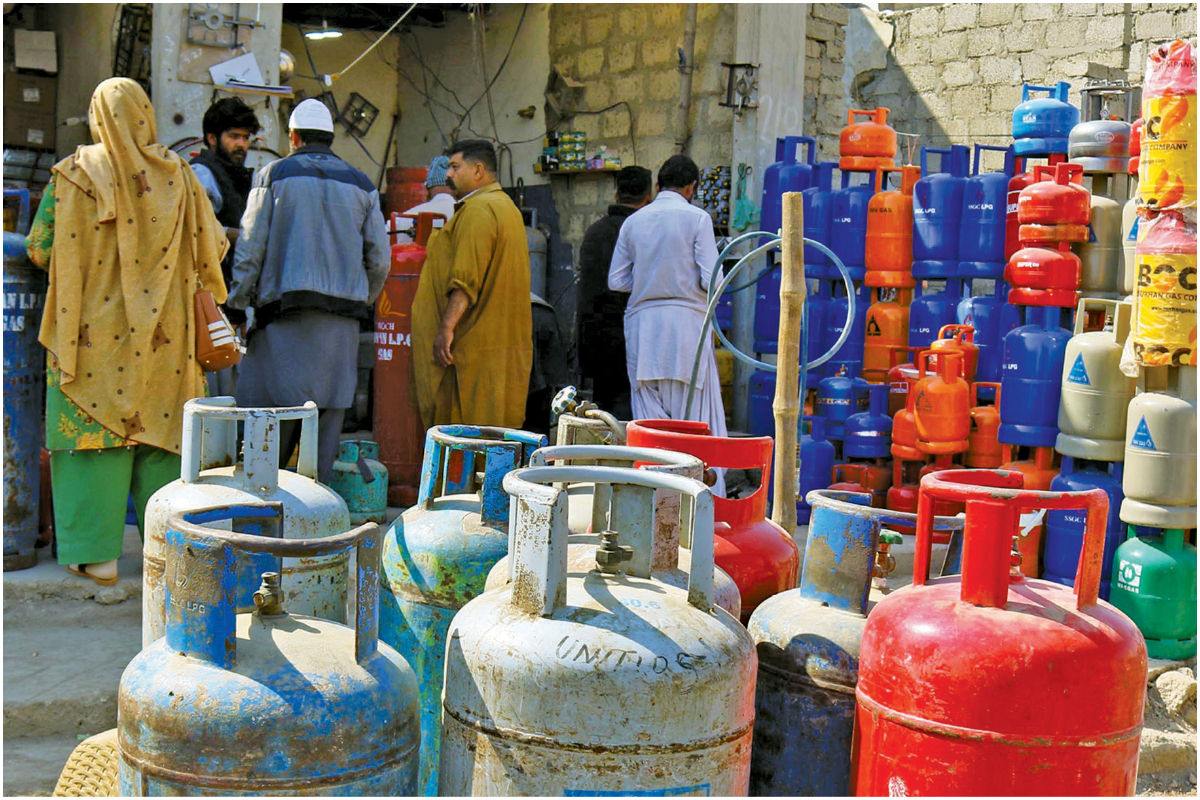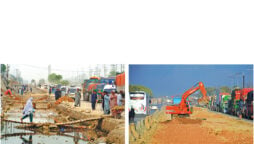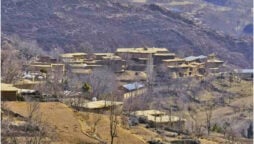
Winter is here but no gas
Gas shortage adds to the miseries of the public
Karachi: The unabated gas outages during the winter season has added to the agony of the already suffering public. Karachi has witnessed a scarcity of gas supply from the Sui Southern Gas Company (SSGC). The citizens are forced to buy expensive liquefied petroleum gas (LPG) for cooking and water heating purposes.
The lower segment of the society in the large parts of the city use cheap pipeline gas to meet their daily needs, including cooking, heating water during the winter season. They also use it as fuel for generators. The acute gas shortage has resulted in a hike in the monthly expenditures of households.
Muhammad Noor, an urban dweller, said that filling the LPG cylinder is an extra expense, especially during the winters.
“We have no other option but to buy LPG to cook three meals a day. The gas cylinder becomes too expensive if you use it to heat water and for cooking purposes. So, I had to buy an electric water-heating rod, which hikes the electricity bill,” he added.
Pakistan meets 30 per cent of its gas requirements through the import of liquefied natural gas (LNG). During July-November 2022, the country imported gas worth $1.5 billion. Since the start of winters, the SSGC and Sui Northern Gas Pipelines Limited (SNGPL) have started selling LPG cylinders at Rs 2,350 with a cylinder price of Rs 7,000.
However, in the local filling stations, LPG is available at around Rs 250/kg, while the 12 kg cylinder is being sold at Rs 3,000. Similarly, the 45 kg gas cylinder is available at Rs 11,500.
Muhammad Jamal, a customer at a filling station, said that due to the unavailability of gas, he is forced to buy an LPG cylinder, which has put an extra burden on his monthly expenditures.

“I have a small cylinder with a capacity of 3 kg. This cylinder runs for around two weeks, and that too, if we buy breakfast from the hotel. By the end of the month, I spend around Rs 3,000 on an LPG cylinder,” he added.
“The SSGC bill, LPG cylinder filling expense and ordering breakfast from the hotel are additional expenses,” he said, adding that the current expenditures have become unsustainable for him.
“My children need their breakfast and lunch boxes ready before going to school, we cannot wait for the pipeline gas and use LPG to make breakfast for them,” Jamal remarked.
The tandoor owners are facing enormous challenges in running their business, as they rely on the SSGC supply. They said owing to the gas supply shortage they have to prepare ‘Naans’ and ‘Parathas’ on LPG cylinders.
Shaukat Ali, a tandoor owner, said that during the winter season, the cost of doing business gets exponentially high.
“We have to ensure continuous gas supply to the tandoor, as the customers can come at any time, compared with the domestic use, where the gas is needed only at the time of cooking,” he added.
The use of LPG, instead of SSGC gas results in a hiked monthly bill. “Usually, I am paying around Rs 30,000/month as gas charges to SSGC. During the winters, the LPG alone costs around Rs 90,000/month,” he remarked. Jamshed Khan, a loader at Aram Bagh furniture market, said that the scarcity of gas is making it hard for him and his wife to feed their children.
“My salary with the family of four, including two toddlers, does not allow me to afford an LPG cylinder. I live in a rental apartment, which costs me Rs 8,000/month. I hardly manage my monthly expenditures with the current salary.” According to Jamshed, though he cannot afford to buy an LPG cylinder, he is left with no other option but to arrange money to buy a small LPG cylinder. This has added to his financial burden.
According to Jamshed, the gas supply remains shut during most of the daytime and they get the gas only after midnight.
On January 17, 2023, Minister of State for Petroleum, Musadik Malik said that the gas shortage and a ban on new connections would stay for years. “It would be unwise to give new connections under the prevailing circumstances,” he said, adding that the country produced a total of 3,200 mmcfd gas, of which 200 mmcfd was used for extraction and 1,400 mmcfd went directly from the wells to the power and fertiliser sectors.

“Discussions are in progress to determine the extent of a hike in gas prices,” he added. The Oil and Gas Regulatory Authority (OGRA) had already allowed up to 75 per cent increase in gas rates to both the utility companies, subject to the Cabinet’s approval. An owner of an LPG filling station on the condition of anonymity said that usually, the business reached its peak during the winter months.
“Most of the domestic customers even pay an additional amount for the LPG cylinder during the winter season, owing to the shortage of gas supply,” he added. The customers prefer local filling stations rather than approaching the company outlets, as the local filling stations are closer to their homes. This makes it easy for them to purchase one to two kilogrammes of LPG according to their requirement from these filling stations.
Catch all the Urban Insight News, Breaking News Event and Latest News Updates on The BOL News
Download The BOL News App to get the Daily News Update & Live News.












 Read the complete story text.
Read the complete story text. Listen to audio of the story.
Listen to audio of the story.